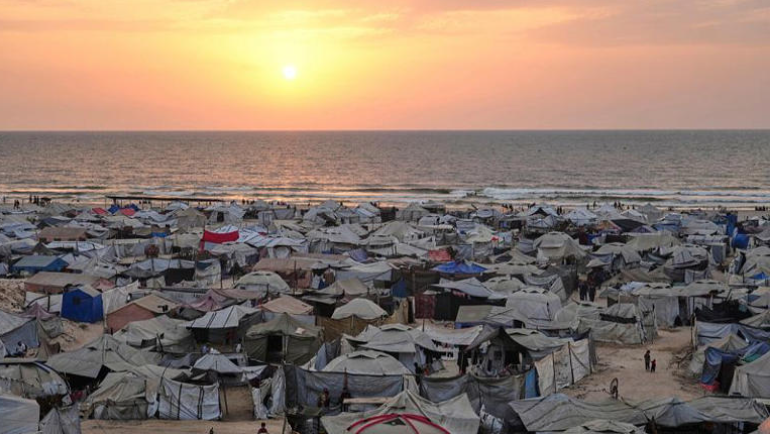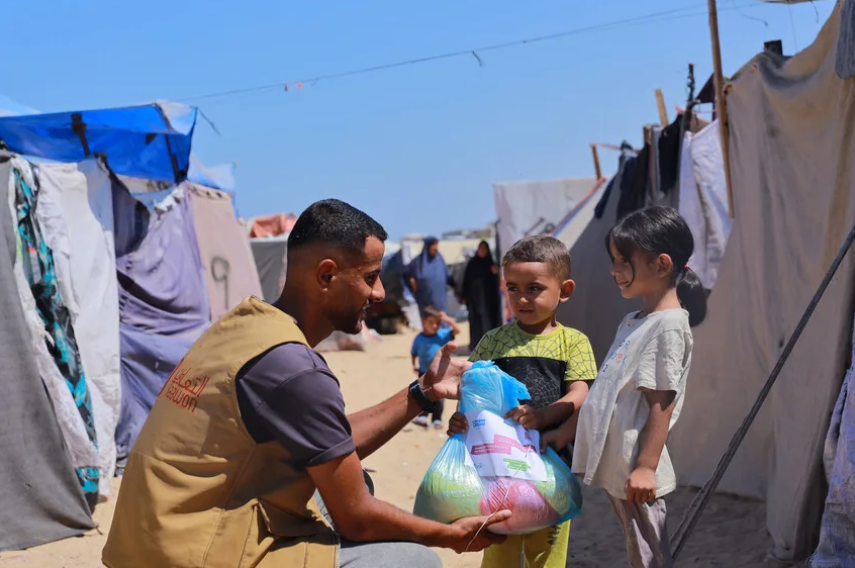The conflict between Israel and Gaza has entered a new and more intense phase, as Israeli airstrikes continue to pound Gaza amid preparations to widen the military offensive. Over recent weeks, the Israeli Defense Forces have escalated their attacks, targeting multiple locations across the Gaza Strip.
Escalating Violence and Military Mobilization
In recent days, Gaza residents have reported some of the heaviest bombardments since the conflict began. Many neighborhoods have been reduced to rubble, and the destruction of homes, infrastructure, and public buildings has been extensive. The Israeli military has mobilized additional troops and resources, signaling readiness for a large-scale ground offensive.

This upcoming phase of the military operation aims to dismantle Hamas’s military infrastructure, which Israel holds responsible for the ongoing violence. The IDF has been targeting tunnels, weapons depots, and command centers, but the planned expansion will involve intense urban warfare in densely populated areas, raising concerns about civilian casualties.
Israeli Leadership’s Strategic Plan for Gaza
Prime Minister Benjamin Netanyahu has outlined a clear strategy for the extended military campaign. His stated goal is the “demilitarization” of Gaza, aiming to weaken or eliminate Hamas’s ability to wage attacks against Israel. Netanyahu insists that Israel will not seek to permanently occupy Gaza but will focus on security measures and establishing a civilian administration separate from Hamas’s control.
The planned offensive is expected to last for several months, with Netanyahu warning that Israel is prepared for a long and difficult conflict. This prolonged military engagement reflects Israel’s determination to achieve its objectives but also raises questions about the long-term consequences for the region’s stability.
Growing Humanitarian Crisis in Gaza
As the violence escalates, the humanitarian situation in Gaza has become increasingly dire. According to Gaza’s health authorities, tens of thousands of Palestinians have lost their lives since the start of the conflict. Hospitals and clinics are overwhelmed, struggling with shortages of medical supplies, electricity, and clean water.

The United Nations and international aid organizations have repeatedly warned about the deteriorating conditions for civilians. More than half a million people have been displaced, forced to seek shelter in overcrowded and under-resourced facilities. Food and fuel shortages have made everyday survival a challenge, intensifying the suffering of Gaza’s population.
Prospects for Peace and the Path Forward
Despite the grim outlook, there remain hopes for diplomatic breakthroughs. International mediators continue to advocate for ceasefire talks and humanitarian corridors to ease civilian suffering. The coming weeks will be critical in determining whether dialogue can be re-established and whether a lasting resolution is possible.
For now, the people of Gaza face uncertain and perilous times as the conflict intensifies. The world watches closely, hoping that peace can eventually prevail over violence and destruction.


 Voices against Gaza offensive grow louder in Israel
Voices against Gaza offensive grow louder in Israel  Pakistan’s Prime Minister Strongly Criticizes Israel’s Gaza Decision
Pakistan’s Prime Minister Strongly Criticizes Israel’s Gaza Decision  Crisis in Gaza remains ‘ severe’ despite positive steps – EU report
Crisis in Gaza remains ‘ severe’ despite positive steps – EU report  Pakistan Assembly Voices Support for Gaza
Pakistan Assembly Voices Support for Gaza  Gaza Crisis Is a Test of Humanity, Says Malaysian Prime Minister
Gaza Crisis Is a Test of Humanity, Says Malaysian Prime Minister  Trump Plans to Relocate 1 Million Palestinians in Libya?
Trump Plans to Relocate 1 Million Palestinians in Libya?